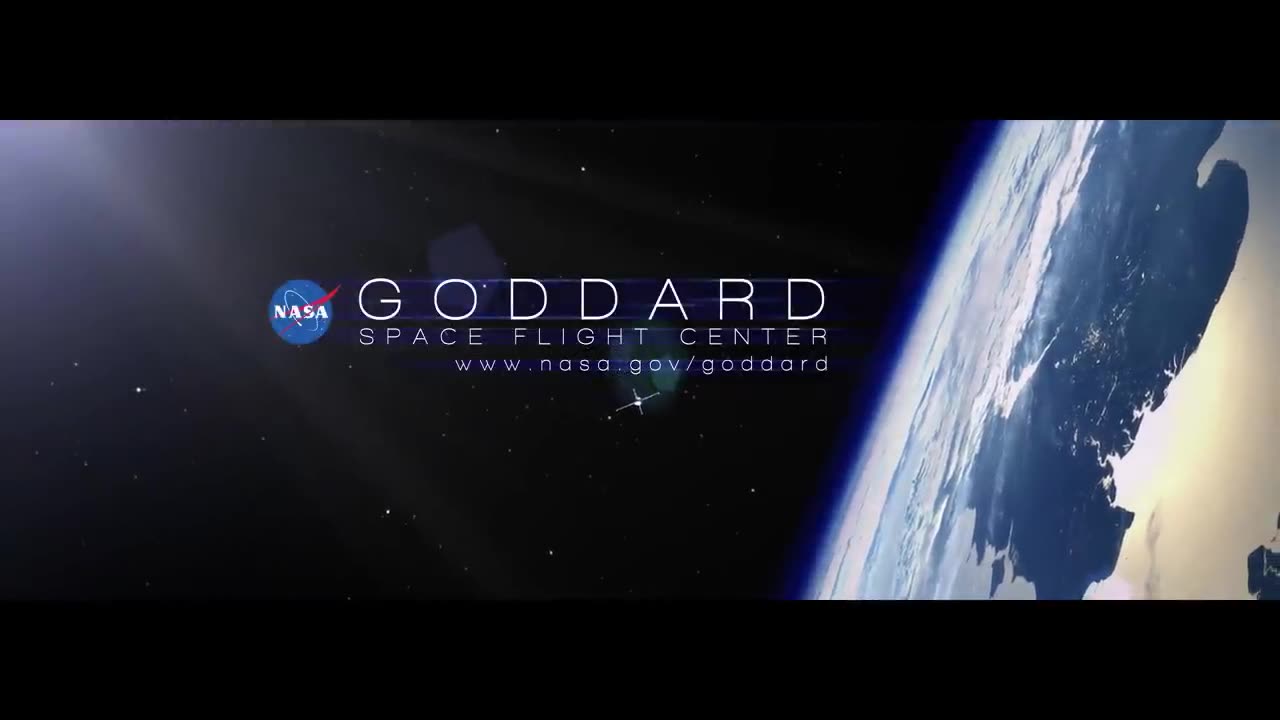Premium Only Content

NASA | Jupiter in 4k Ultra HD
Jupiter:
Overview: Jupiter is the largest planet in our solar system, often referred to as a gas giant due to its lack of a solid surface and its predominantly gaseous composition.
Size: It has a diameter of about 139,822 kilometers (86,881 miles), making it approximately 11 times wider than Earth.
Composition: Jupiter is composed mainly of hydrogen (about 75%) and helium (about 24%), with trace amounts of other elements and compounds.
Atmosphere: Its atmosphere is incredibly thick and features bands of clouds that are made up of different compounds, including ammonia and methane. These bands are created by the planet's rapid rotation and powerful storms.
Great Red Spot: One of the most famous features on Jupiter is the Great Red Spot, a massive storm that has been raging for centuries. It's an anticyclonic storm larger than Earth, with winds reaching high speeds.
Magnetosphere: Jupiter has a strong magnetic field that is about 14 times stronger than Earth's. This field creates a vast magnetosphere that interacts with its moon Io, causing intense volcanic activity due to tidal forces.
Moons: Jupiter has at least 79 known moons, with some of the most notable being the four largest Galilean moons: Io, Europa, Ganymede, and Callisto. These moons are some of the most geologically active in the solar system.
Ring System: Jupiter has a faint ring system composed of dust particles. It's not as prominent as Saturn's rings, but it was discovered through observations and data from space missions.
Exploration: NASA's Juno spacecraft has been studying Jupiter since its arrival in 2016. Juno's mission aims to improve our understanding of Jupiter's formation, evolution, and structure.
Interesting Facts:
Jupiter's mass is over 300 times that of Earth, and its gravitational pull is strong enough to significantly affect the orbits of other planets and asteroids in the solar system.
-
 35:58
35:58
Friday Beers
6 hours ago $1.33 earnedOur First Golf Challenge: Hit Under 40 or Lose $5,000
32.7K1 -
 1:41:44
1:41:44
Badlands Media
21 hours agoAltered State Ep. 29: Body Doubles, Boomer Blame & the Epstein Endgame
72.9K2 -
 2:16:20
2:16:20
I_Came_With_Fire_Podcast
14 hours agoRESTRUCTURING THE WORLD - Civics Class w/ DAN HOLLAWAY
21.2K1 -
 9:59:13
9:59:13
Dr Disrespect
14 hours ago🔴LIVE - DR DISRESPECT - GRAY ZONE WARFARE - VIP EARLY ACCESS
151K14 -
 2:54:50
2:54:50
Geeks + Gamers
4 hours agoGeeks + Gamers Play- MARIO GOLF SUPER RUSH
28.9K1 -
 2:21:06
2:21:06
TheSaltyCracker
5 hours agoTrump Crosses Dem Red Line ReeEEEStream 05-21-25
119K220 -
 LIVE
LIVE
JdaDelete
6 hours ago $0.74 earnedBanjo-Kazooie | wedNESday | Part 3
140 watching -
 1:40:56
1:40:56
Glenn Greenwald
8 hours agoJD Vance: Does SCOTUS Have the Power to Reject the Majority's Will?; The Lingering Epstein Question: Did he Work with Foreign Intel Agencies?; Key Zelensky Opponent Murdered in Spain; And More | SYSTEM UPDATE #458
187K92 -
 1:25:53
1:25:53
Sarah Westall
6 hours agoWolf of Wallstreet Targets Conservative Circles - Orchestrated IRA Gold Scams w/ Dale Whitaker
31.9K2 -
 16:33
16:33
From The Desk Of Anthony Pompliano
7 hours ago $5.48 earnedWhat I Got Wrong About The Trump Administration
50.7K7